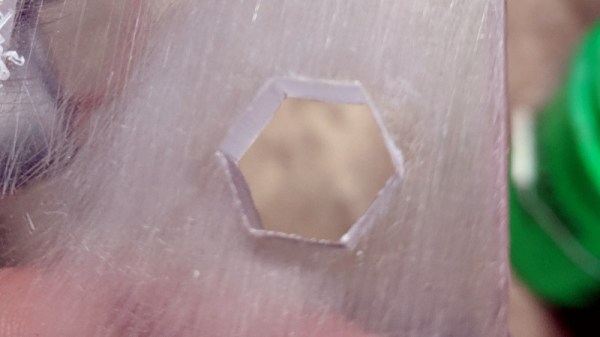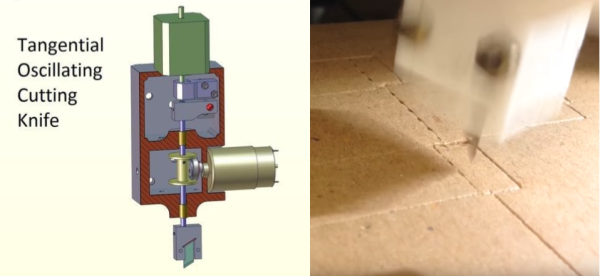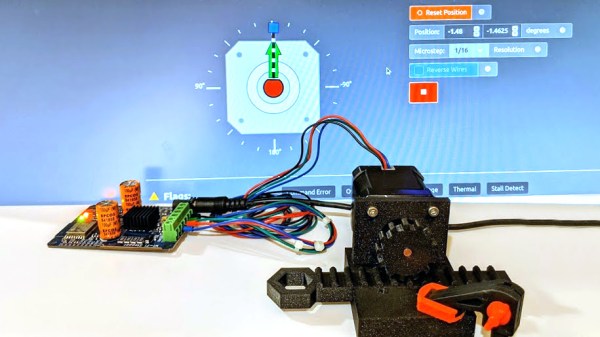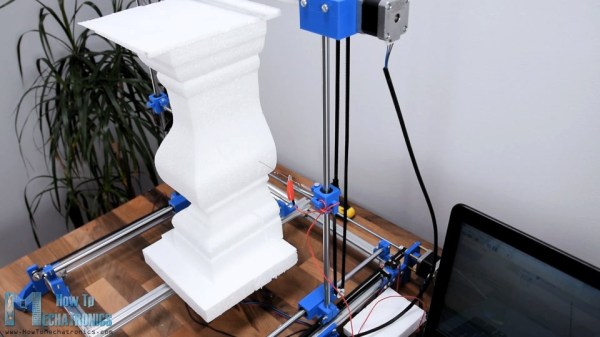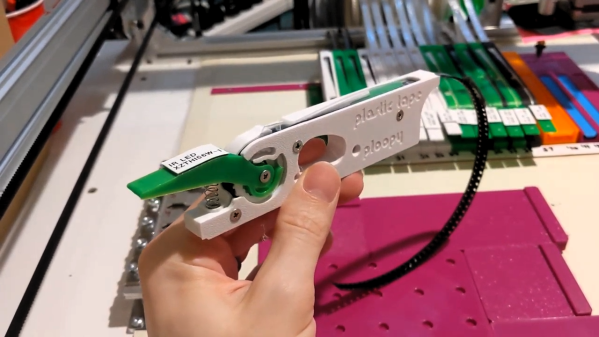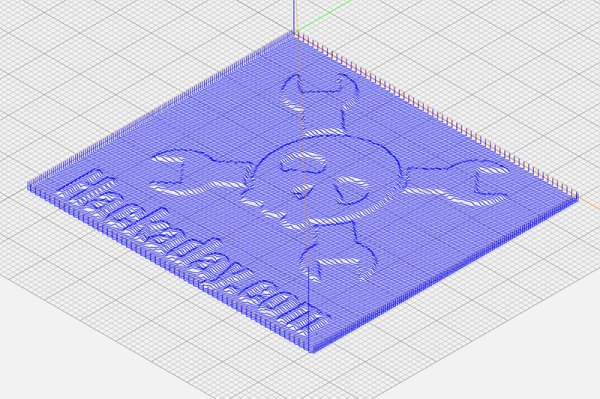Making a hole in a piece of material is a straightforward process, after all most of us will have some form of drill. If we need a hole that isn’t round though, after the inevitable joke about bad drill control leading to oval holes, what do we do? Get busy with a file perhaps? Or shell out for a shaped punch? [Skunkworks] has taken a different tack, using LinuxCNC and a vertical mill to machine near-perfect hexagonal and other polygonal holes.
The tool path appears to be more star-shaped than polygon shaped, the reason for which becomes apparent on watching the videos below the break as the rotation of the tool puts its cutting edge in a polygonal path. Anyone who has laboured with a file on a round hole in the past will be impressed with this piece of work.
The latest in the saga takes the work from simple hexes into other shapes like stars, and even tapered polygonal holes. These in particular would be a significantly difficult task by other means, so we look forward to what other developments come from this direction.

